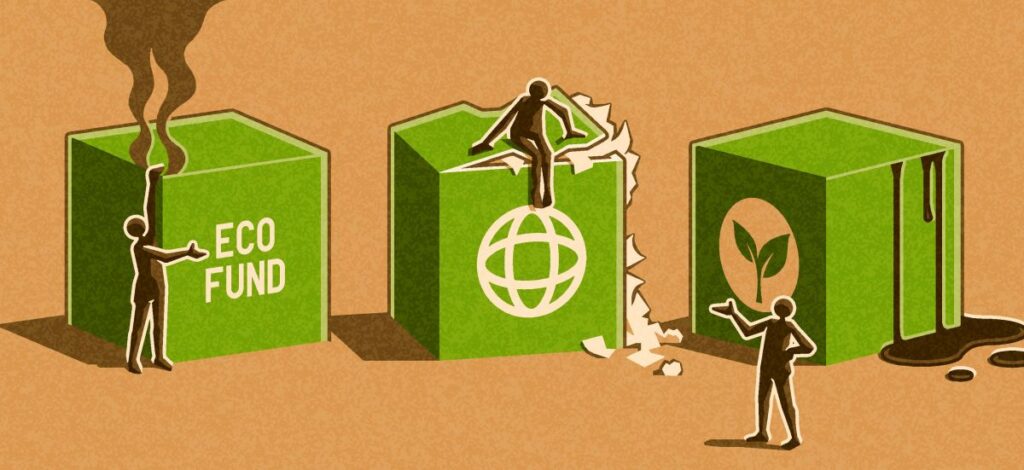Get certifications and seals of approval to prove your sustainability.
Many certification bodies such as LEED, Green Business Bureau, B Corp, USDA Organic, WELL, Energy Star, and GRI will allow you to use their name, logo, or seal of approval on your website or product packaging if you meet their required criteria. Rather than telling everyone your company is sustainable, show them you mean business by acquiring certifications. Because the certification processes are often rigorous, they will require your company to really double down on its sustainability efforts, thus preventing greenwashing.
Share everything- the good, the bad and the ugly!
We touched on this in tip number one, but it’s worth driving home. Not all your sustainability initiatives and energy efficiency projects will be as successful as you would like. It takes trial and error to ascertain what measures will work best for your company. When something doesn’t go as planned, don’t just sweep it under the rug and focus solely on the good. Transparency fosters trust and sharing your company’s failures will help consumers and investors believe in your successes that much more. That said, let the public know via social media posts, blog articles, or press releases how your initiatives are going. If something didn’t go as planned, explain why, and detail your plans to improve in the future.
Ensure internal alignment and comprehension
We’ve discussed the value of external ESG transparency, but internal transparency is just as important! When it comes to the company sustainability strategy, it’s imperative that the entire company is educated and aligned on the importance of sustainability to their brand, and is consistently updated on new brand values, product launches, or changes within the supply chain. Without this communication, your company can spread conflicting information and come across as disorganized and untrustworthy. Disclosing company ESG progress and milestones internally will ensure every department from leadership to sales to IT provides accurate, up to date information to the public.
Avoid exaggeration or misleading language in your marketing efforts.
Marketing is the time when you highlight your company and/or product, but make sure you only say what is true, and nothing more. While it can be tempting to use vague language or hyperbole to mask flaws or hype up benefits, if you don’t have the facts and data to back up your claims, you could quickly find your company called to the carpet for greenwashing. Be specific and include figures, numbers, and percentages as frequently as possible.
Double check your data with sustainability software and technology
Technology and sustainability are closely intertwined as they play crucial roles in shaping the present and future of our planet. With artificial intelligence and big data analytics becoming so prevalent, there are many new automated methods to ensure that you avoid greenwashing. Natural language processing is a form of artificial intelligence that detects and identifies greenwashing and ESG alerts and related risks. Big data analytics platforms like WatchWire allow organizations to access real-time ESG insights across value chains and buildings, providing consistent, high-quality data to use inu your sustainability efforts.
More About WatchWire
WatchWire by Tango is a market-leading, energy and sustainability data management platform that uses cloud-based software to collect, automize, and analyze utility, energy, and sustainability data metrics. WatchWire streamlines, automates, and standardizes your sustainability reporting process by integrating directly and/or providing reporting exports to ENERGY STAR Portfolio Manager, LEED Arc, GRESB, CDP, SASB, GRI, and more. The platform provides customizable dashboards, which allow asset managers, sustainability managers, engineers, and more to monitor individual key performance indicators (KPIs) and create custom views for specific use cases.
To learn more about WatchWire and its capabilities, you can visit our website, blog, or resource library, request a demo, or follow us on LinkedIn, Instagram, or Twitter to keep up-to-date on the latest energy and sustainability insights, news, and resources.
 Top Sustainability Trends to Watch in 2025
Top Sustainability Trends to Watch in 2025

 Log In
Log In









